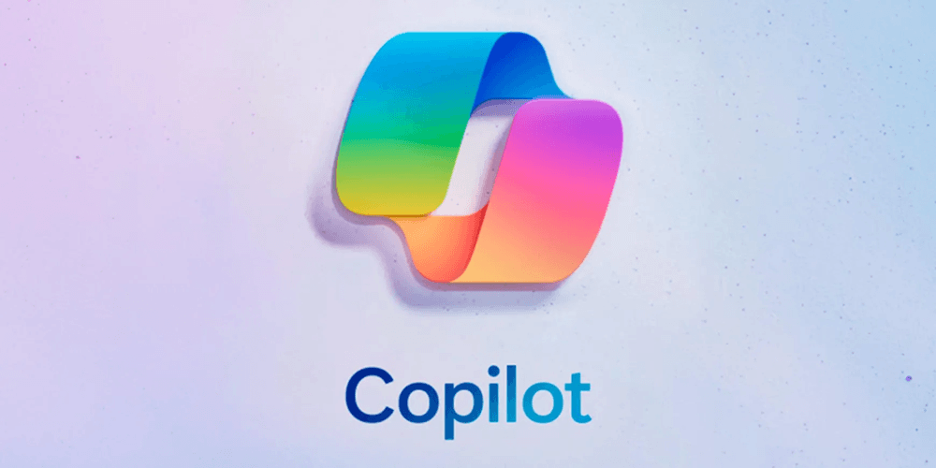This month, Microsoft refined its Copilot pricing for Office 365, and you get a lot for your extra $30 a month. But this also reminds me of a product called Crosstalk that I followed back in the early 90s, right before the Internet. At the time, I worked for IBM, which was thinking about competing with Crosstalk, but like Microsoft Office, it had so many features and such great legacy compatibility, and the conclusion was that it would cost too much to create an effective counter.
A few months later, the Internet launched, and Crosstalk was toast. Its ability to talk to a variety of phone-connected information services just wasn’t needed because ethernet became common. Netscape made all of that old stuff obsolete, along with services like CompuServe, MSN, and AOL.
AI has the potential to do the same thing to Office. This doesn’t necessarily mean the brand is dead, but I expect competitive pressure will force the content of the product to change dramatically over the next several years.
Let me explain.
Office Is Aging Out
Office began under a different name(s) back in the 1980s. Initially, it was the productivity package for Apple. Eventually, it became a cornerstone product critical to the rise of Windows. Office was a complex offering that bundled internally-built and acquired products that focused on word processing (that replaced typewriters), database software (that replaced card files), presentation software (that replaced flip charts), and a spreadsheet product that replaced calculators and many focused mainframe and midrange custom offerings.
Unlike Lotus’ Symphony offering, which was more monolithic and failed (largely because its core was a spreadsheet that was less ideal than a more focused offering), Office was a bundle of products that initially weren’t designed to work together. But they were integrated after the fact with mixed results at first. The value was in the bundle, not in the integration and the hard connection to Windows, which became the dominant desktop operating system and gave it an advantage that even IBM couldn’t overcome. Granted, IBM was almost on life support when they tried this, and Microsoft had become a greater industry power than the declining IBM at the time.
It’s an old product going back to even before the Internet that has been effectively updated until now, but I think AI will flip the script.
Why AI Will Make Office Obsolete
You work with AI through prompts. If you want it to create a document, spreadsheet, or presentation, you tell it what you want, and then the AI creates it. The AI, not the office components, focuses on the request and the outcome. It doesn’t need a word processor, spread sheet program, or presentation package, it just needs to be trained to understand and then craft the result. Generally, it doesn’t need a database because it already contains one, which is what informs its results.
If you ask AI to create an image, it doesn’t use a photo editing package, a drawing package, or other focused tools like a human artist. Instead, it takes your direction and, based on its training, creates a finished product.
Much like you didn’t need a typewriter or calculator when you had a PC, Office, and Windows, you don’t really need a PC, Office, or Windows if you want to create a document, picture, chart, or analyze financial results. You just need the data, a well-formed series of prompts, and the AI to get the job done.
In short, it is only a matter of time before someone figures out that with a properly trained AI, you don’t need all the complexity and cost of Office. The AI is enough.
Wrapping Up
The industry goes through major events that obsolesce existing technologies on an irregular cadence. Mainframes eliminated bookkeepers. PCs took out most of the desktop standalone technology (typewriters, calculators, Rolodex). Cell phones took out pay phones and wired lines (still ongoing). The internet took out online bulletin boards and most FAX machines. Smartphones took out standalone MP3 players, cell phones, and pagers, and the iPhone alone took out a number of cell phone companies.
AI is going to be far more disruptive because it brings with it autonomous vehicles (land, air, water), robots, and digital assistants and companions. As it matures, it will take out human-controlled vehicles, a lot of jobs currently done by humans, and most of the existing digital ecosystem.
I expect it will be a matter of time before someone realizes that a ground up productivity offering based entirely on AI (rather than having an AI overlay like Copilot) will be the way to do to Microsoft what Microsoft did to Lotus and what Apple did to Nokia.
As Apple did under Steve Jobs, Microsoft could realize this exposure and bring out this product itself. Jobs cannibalized the iPod with the iPhone, which worked out really well for Apple. It is interesting to note that Microsoft came up with this plan first, but Steve Ballmer killed that effort in favor of the Zune. This didn’t work out well for either Ballmer or Microsoft. What Apple did was very unusual because company insiders are usually unwilling to put existing key products at terminal risk. So, while Microsoft could do this, odds are it won’t see this risk soon enough to prevent another company from doing it first and taking the market.
As Microsoft pivots to AI, there is an increasing potential that it will make this move, but leadership is still Cloud, not AI-based, which could lead to a Nokia-like misstep. We’ll see. The clock is ticking on the end of Office and the emergence of a true AI-based productivity tool.
- The Trillion-Dollar Distraction: Why AMD’s IBM-Trained CEO and Quiet Execution Make It a More Valuable Long-Term Bet Than Overvalued NVIDIA - November 17, 2025
- The Missing Link: Why the Wacom MovinkPad Pro 14 Is the Perfect Human Tool for the AI Art Revolution - November 7, 2025
- Lenovo’s Secret Weapon: Solving AI’s Failure-to-Launch Crisis - November 3, 2025




Comments are closed.